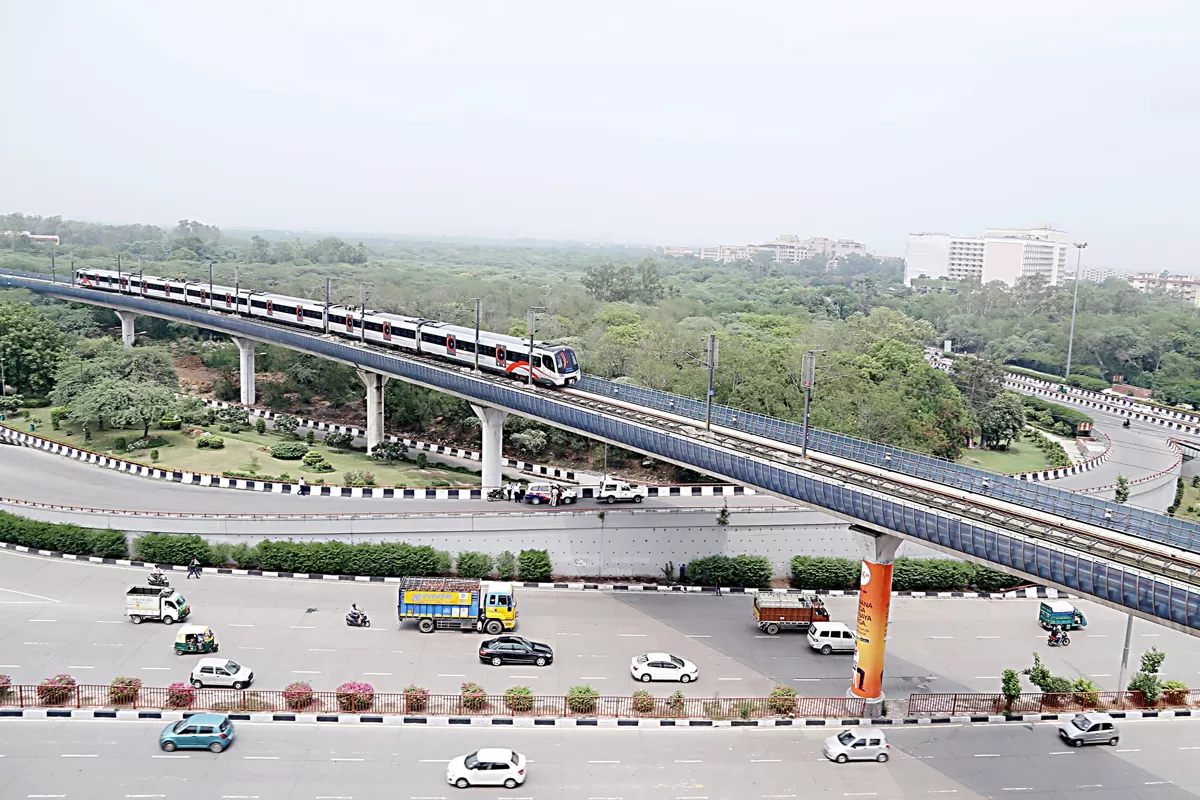The Delhi government has unveiled plans to construct a major elevated corridor along the existing 55-kilometre stretch of the Ring Road in a bid to ease chronic traffic congestion. Public Works Department (PWD) Minister Parvesh Verma confirmed that a feasibility study for the project is underway, and Union Road Transport Minister Nitin Gadkari has given in-principle approval.
This elevated road, to be built on pillars along the central verge, will not require land acquisition and will connect with key arterial roads via ramps to ensure seamless movement. The project, which is estimated to cost between Rs 55 billion and Rs 60 billion (Rs 1 billion per kilometre), is expected to be completed within the current government's term.
According to Verma, Delhi’s Ring Roads carry some of the city's heaviest traffic volumes, resulting in frequent peak-hour congestion. “This elevated stretch will not only decongest the Ring Road itself but also improve flow on major connecting roads like Mathura Road, Aurobindo Marg, DND Flyway, and the routes to the airport, Gurgaon, and Rohtak,” he stated.
The proposal comes amid growing concerns about the capacity of Delhi’s ageing inner Ring Road. Originally designed in the 1950s for a much smaller population—under three million at the time—the Ring Road has become overburdened as Delhi’s population has soared past 30 million.
While the Outer Ring Road was later developed to divert traffic around the city’s periphery, the inner Ring Road now functions as a semi-central artery. Neighbourhoods like Lajpat Nagar, Punjabi Bagh, Ashram, and South Extension have grown into dense urban clusters, turning the Ring Road into a hybrid corridor used for both cross-city travel and local access to commercial and institutional zones.
Major intersections—AIIMS, Moolchand, ITO, Dhaula Kuan, and Ashram—serve as chokepoints where long-distance and local traffic collide. Despite flyovers and underpasses constructed in recent decades, congestion persists. A 2024 Delhi Traffic Police survey identified 134 bottlenecks across the city, with at least 12 located along the Ring Road network.
The new elevated road project seeks to address this systemic issue by enabling uninterrupted traffic flow and reducing frequent lane changes caused by local stops. It is expected to bring long-term relief to daily commuters and contribute to improved fuel efficiency and lower emissions.
With the feasibility report in progress and government-level discussions advancing, the elevated corridor stands to be one of Delhi’s most ambitious infrastructure undertakings in the coming years.


